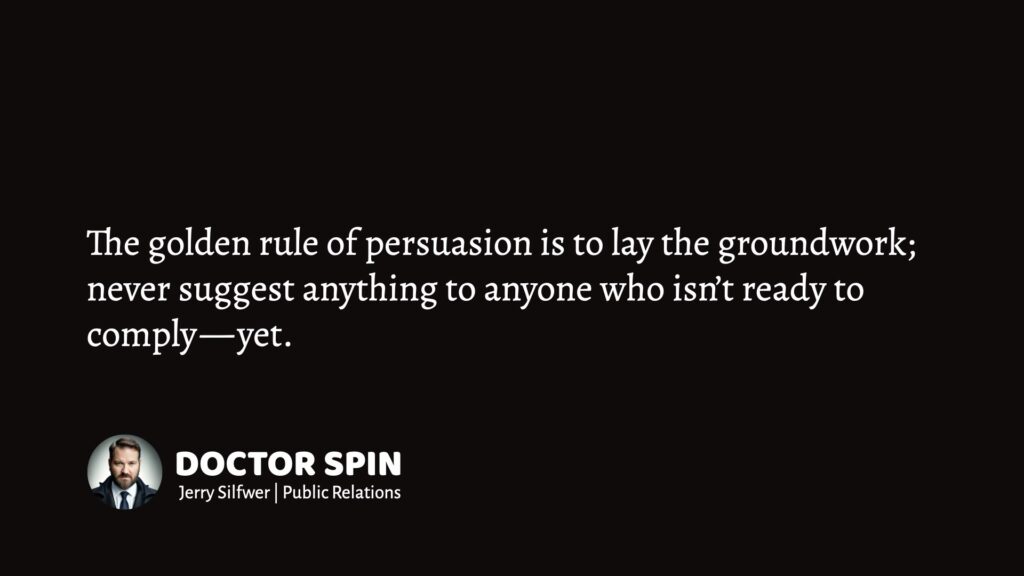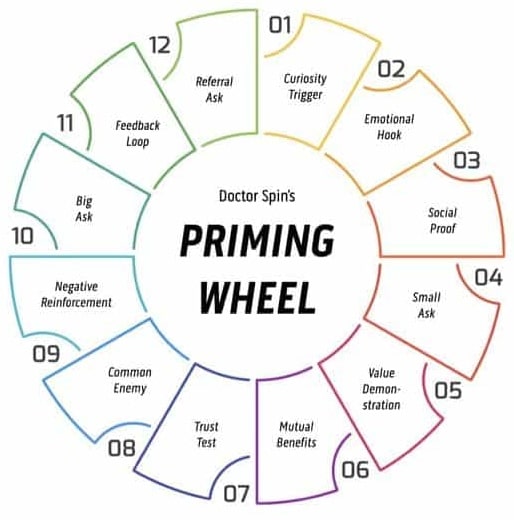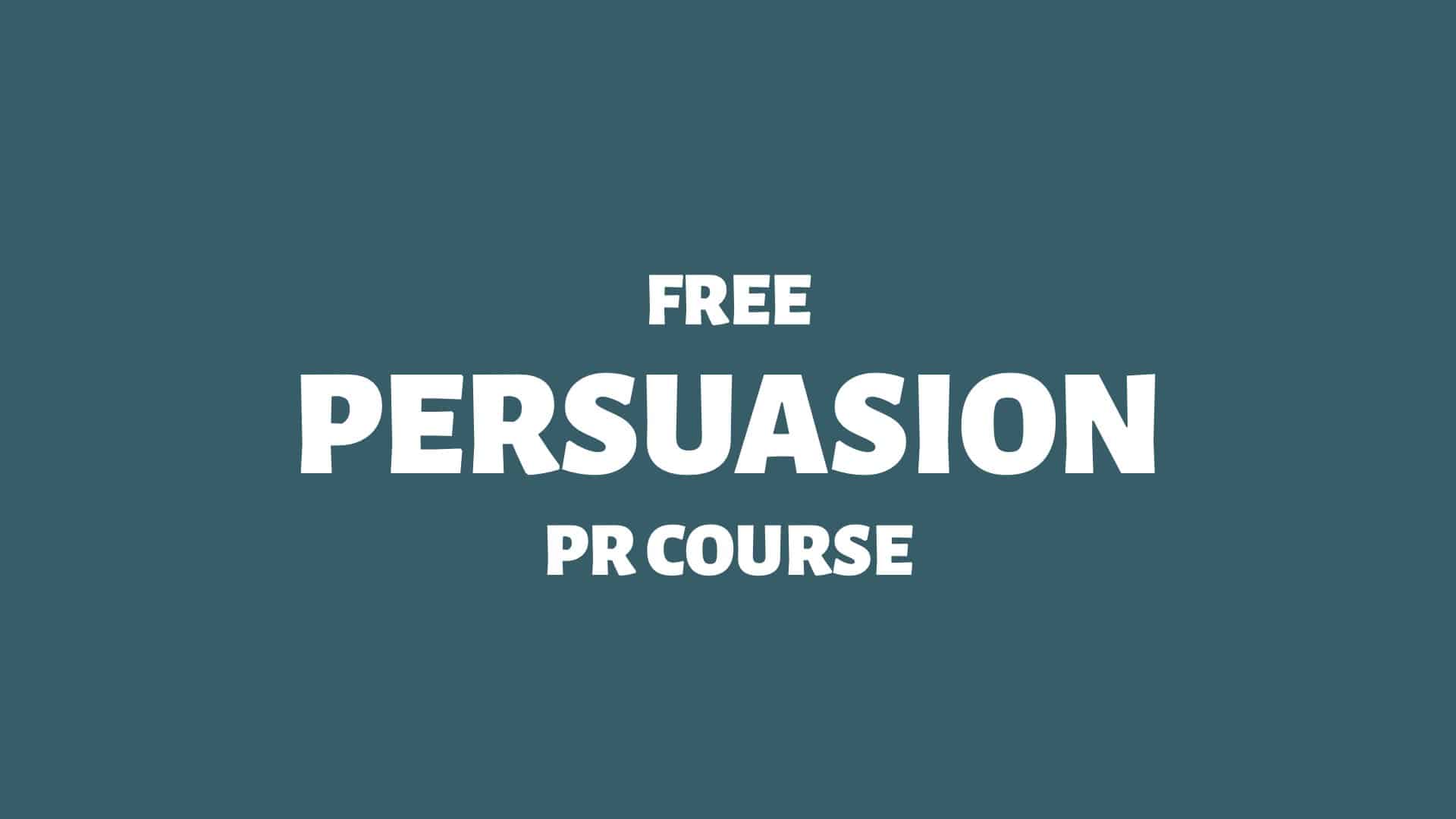Unlock the power of the Golden Rule of Persuasion.
Persuasion is not merely about delivering a message but about laying the groundwork and respecting your targets’ readiness to be influenced.
Dive into the principles of the Golden Rule of Persuasion. Harness its potential to establish and maintain strong relationships — and lead with influence.
Here we go:
The Golden Rule of Persuasion
The golden rule for being persuasive is straightforward:

You have to put in the work, period.
The golden rule of persuasion is to lay the groundwork; never suggest anything to anyone who isn’t ready to comply — yet.
Learn more: The Golden Rule of Persuasion
Persuasion Approach: Priming
Priming is a valuable approach to persuasion:
Priming (in persuasion) = the proactive process of moving an audience into an actionable state of mind through multiple PR activities in a pre-planned sequence.
This proactive approach is crucial in today’s information-saturated environment, where capturing and retaining audience attention is increasingly challenging.
“Priming can enhance memory recall, facilitate brand processing, and influence product preferences through various media.”
Source: Current opinion in psychology 1Wänke, M. (2016). Primes as hidden persuaders. Current opinion in psychology, 12, 63 – 66. https://doi.org/10.1016/J.COPSYC.2016.05.004
The Priming Wheel
Inspired by the priming wheel, many examples of potential priming activities in PR exist.

Here are a few examples:
“Priming social concepts can have multiple effects across psychological systems, but understanding how these effects occur and how they are distilled into nonconscious social actions is crucial for understanding nonconscious behavior.”
Source: European Journal of Social Psychology 2Bargh, J. (2006). What have we been priming all these years? On the development, mechanisms, and ecology of nonconscious social behavior. European Journal of Social Psychology, 36 2, … Continue reading
Learn more: Priming in PR: The Subtle Art of Pre-Suasion
Persuasion = Groundwork + Readiness
Readiness is crucial for effective persuasion. Like a skilled gardener preparing the soil before planting seeds, successful persuaders understand the importance of laying the groundwork before pitching.
Attempting to sway someone’s opinion or behaviour before they’re receptive can be counterproductive, potentially leading to resistance or rejection. Instead, assessing the audience’s readiness and cultivating an environment open to receiving and considering the proposed idea or suggestion is essential.
Stakeholders, influencers, and publics may not be ready to entertain specific ideas due to their emotional state, prior experiences, or competing priorities. By respecting readiness levels, persuaders can increase the likelihood of achieving their objectives.
The groundwork involves building rapport, establishing credibility, and understanding the audience’s needs and perspectives. These all contribute to a more persuasive interaction when the time is right.

THANKS FOR READING.
Need PR help? Hire me here.

What should you study next?
Spin Academy | Online PR Courses

Spin’s PR School: Free Persuasion PR Course
Use this free Persuasion PR Course to elevate your public relations game with powerful insights. Drive impact and influence like never before.
Persuasion 101
Advanced Persuasion
Propaganda
Learn more: All Free PR Courses
💡 Subscribe and get a free ebook on how to get better PR.

Annotations
| 1 | Wänke, M. (2016). Primes as hidden persuaders. Current opinion in psychology, 12, 63 – 66. https://doi.org/10.1016/J.COPSYC.2016.05.004 |
|---|---|
| 2 | Bargh, J. (2006). What have we been priming all these years? On the development, mechanisms, and ecology of nonconscious social behavior. European Journal of Social Psychology, 36 2, 147 – 168. https://doi.org/10.1002/EJSP.336 |


